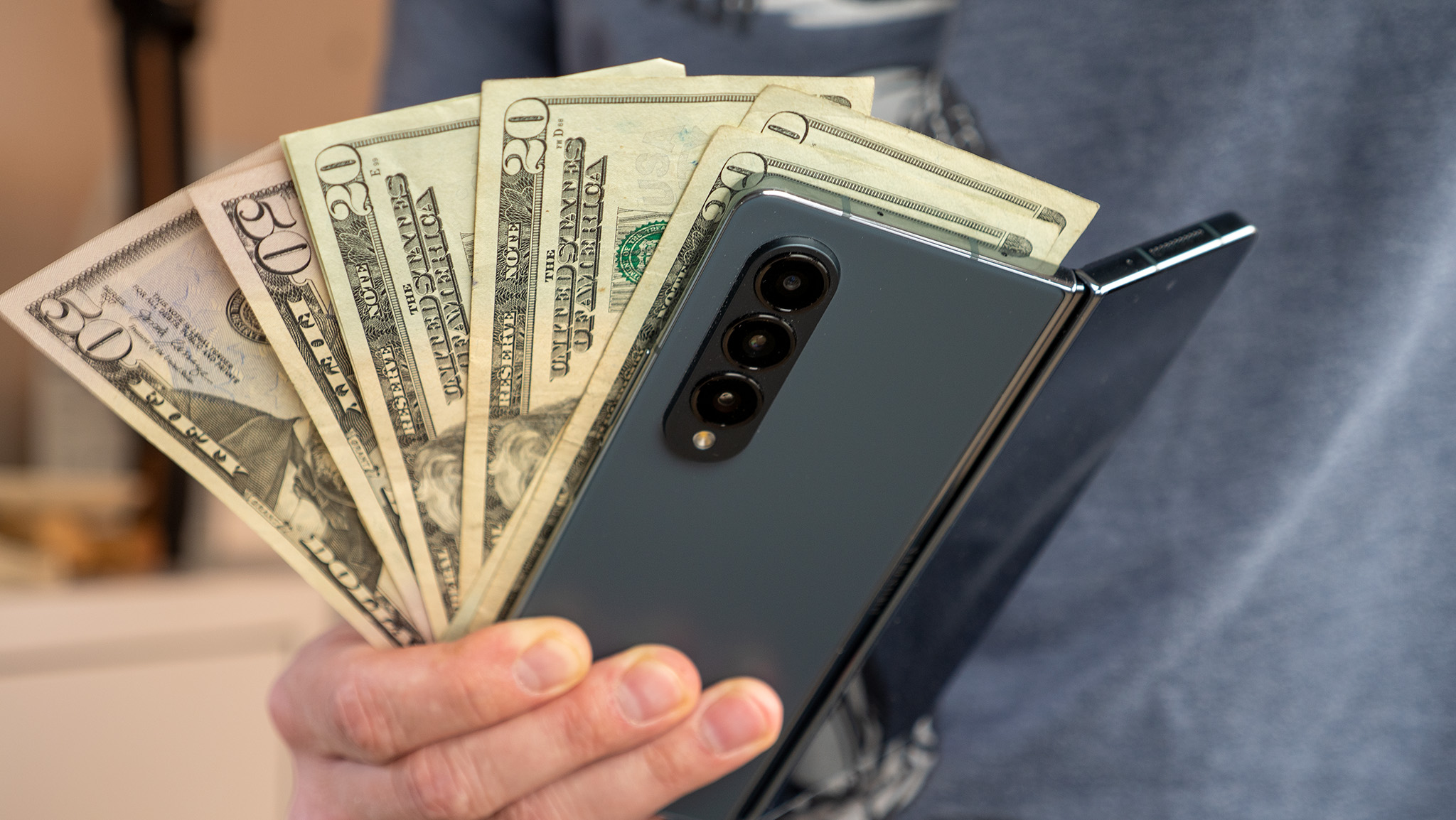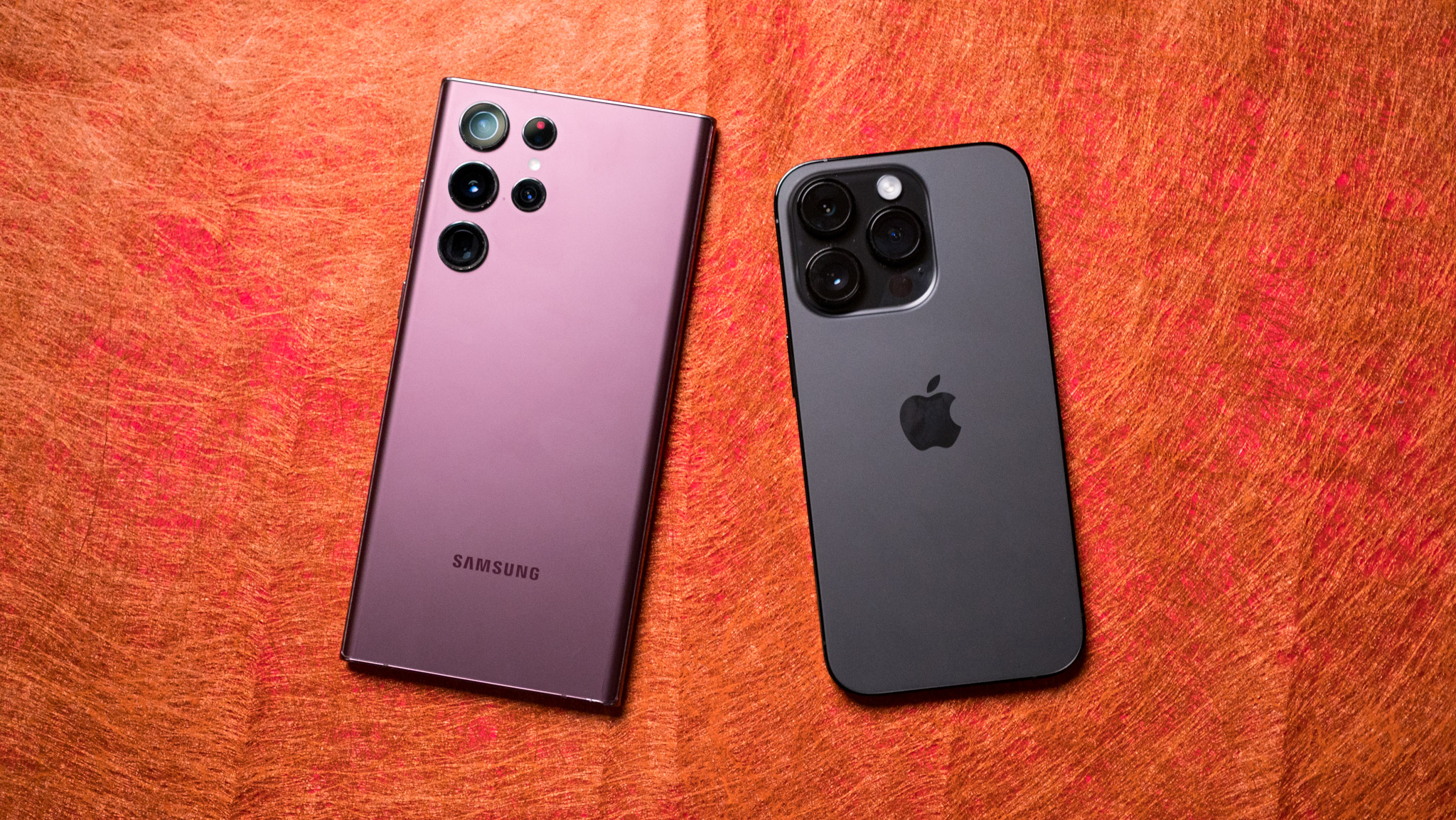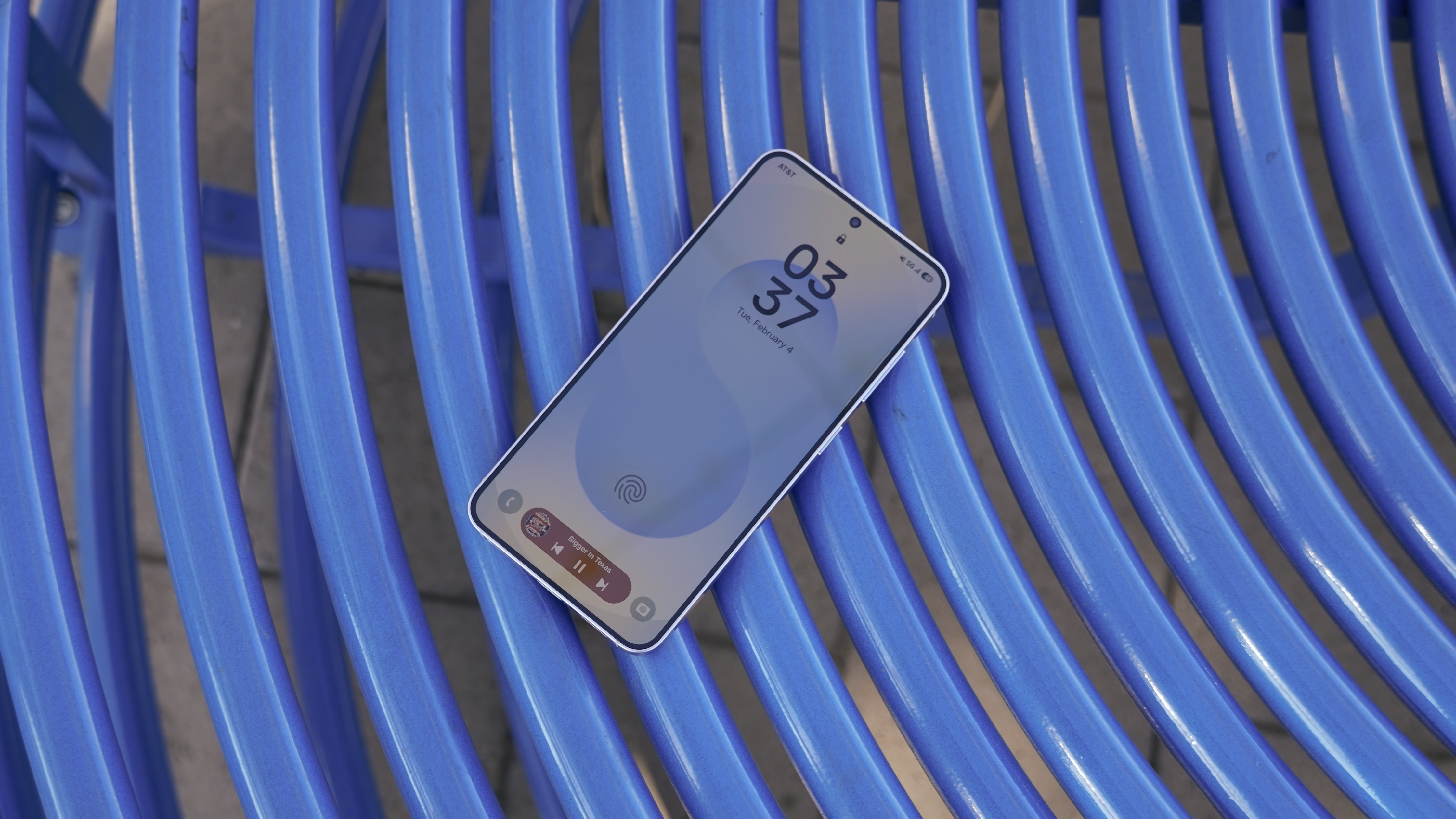Samsung Care Plus vs. AppleCare Plus: Which gives you the best accident protection?
You can insure your Samsung or Apple phones, tablets, or watches. But how much will you pay for theft or accidental damage?

There's no greater regret than gambling that you'll never need phone or laptop insurance... and then needing it once it's too late. AppleCare Plus and Samsung Care Plus can be a bit costly on top of your new phone price, but much less costly than having to pay full price for display repairs or to replace a stolen phone.
The question is, does Apple or Samsung do a better job at insuring your devices? Which one gives you your money's worth, and which one doesn't properly cover certain claims?
This Samsung Care Plus vs. AppleCare Plus guide will compare types of insurance claims — accidents, thefts, display cracks, malfunctions, and more — across both services to see which handles it better for the consumer.
Note: This article specifically focuses on U.S. pricing for both services. Both AppleCare Plus and Samsung Care Plus are available in at least 50 countries, but terms and conditions may vary depending on where you live.
How does Samsung Care Plus work?
Samsung Care Plus covers repairs for Samsung phones, tablets, earbuds, smartwatches, and computers. You can purchase Care Plus during checkout on Samsung.com or add it within 60 days of purchase.
Samsung offers four types of Care Plus coverage: Care Plus Essentials, Care Plus, Care Plus with Theft and Loss, and NY Only Insurance.
The Essentials plan costs a flat rate for a 24-month period and only covers mechanical failure and 24/7 tech support for Samsung earbuds and computers. Care+ adds repairs for accidents, drops, spills, and screen repair, as well as next-day replacement for broken items, and applies to all Samsung tech.
Be an expert in 5 minutes
Get the latest news from Android Central, your trusted companion in the world of Android
Anecdotally, we've heard from Care Plus subscribers that Samsung sometimes refuses to cover water damage repairs, despite the promise to protect against "spills." This may have changed in recent years, however.
Care Plus with Theft and Loss is self-explanatory — it replaces a stolen phone, tablet, or watch — but also adds same-day replacement and Knox Guard for extra security. The New York-specific plan only covers theft and loss but gives you same-day replacements from a Samsung store.
| Protection | Care Plus Essentials | Care Plus | Care Plus with Theft and Loss |
|---|---|---|---|
| Device types | Earbuds, computers | Phones, tablets, watches, earbuds, computers | Phones, tablets, watches |
| 24/7 Expert Support | ✔️ | ✔️ | ✔️ |
| Samsung Genuine Parts and Certified Technicians | ✔️ | ✔️ | ✔️ |
| Mail-in repair or replacement | ✔️ | ✔️ | ✔️ |
| $0 mechanical fixes | ✔️ | ✔️ | ✔️ |
| $29 screen repair | Row 5 - Cell 1 | ✔️ | ✔️ |
| Unlimited repairs | Row 6 - Cell 1 | ✔️ | ✔️ |
| Drops and spills | Row 7 - Cell 1 | ✔️ | ✔️ |
| Next business day replacement | Row 8 - Cell 1 | ✔️ | ✔️ |
| Same-day replacement and set-up | Row 9 - Cell 1 | Row 9 - Cell 2 | ✔️ |
| Theft and Loss Coverage | Row 10 - Cell 1 | Row 10 - Cell 2 | ✔️ |
| Knox Guard | Row 11 - Cell 1 | Row 11 - Cell 2 | ✔️ |
Further complicating Care Plus, Samsung prices its plans in four different "tiers" based on the value of the device. Newer or more valuable devices like the Galaxy Z Fold 5 fall into the priciest tier, while budget models like the Galaxy A54 are tier 1. The top tiers have higher monthly prices and higher deductibles.
Even more complicated, you can pay either a monthly rate for 36 months of coverage or a flat rate for 24 months. Plus, the costs vary depending on whether your insured device is a Tier 4 phone or a Tier 4 watch. It's all too much to list out here, so see the Samsung Care Plus support page for an up-to-date pricing list.
Focusing on the main Care Plus package, you pay nothing for internal mechanical failure, $29 for a cracked display, or $99 for accidental damage regardless of the tier, and there's no limit to the number of repairs.
If you buy the Theft and Loss package, the plan covers three lost device claims per year, and you pay either $99, $149, or $199, depending on the tiered value.
How does AppleCare Plus work?
At its core, AppleCare Plus isn't especially different from Samsung Care Plus. But there are differences in terms of types of devices, pricing, theft coverage, and length.
You must either purchase it on Apple.com alongside your device or within 60 days of your purchase. Like Samsung's plan, it can protect iPhones, iPads, MacBooks, Apple Watches, and AirPods; its exclusive categories are Apple TV devices and HomePod speakers.
Like Samsung Care Plus, AppleCare Plus lets you buy either a fixed two-year plan or a monthly plan, depending on how you like to pay. The difference is that Apple lets you extend your coverage indefinitely so long as you never stop paying, whereas Samsung only offers a three-year maximum.
Considering both companies offer at least five years of software support for their devices, Apple's policy (which may just seem like greed) is actually good for customers that don't switch devices every year.
A downside to AppleCare Plus is that Apple only offers a Theft plan for iPhone buyers. You're not able to pay to insure your iPad or Apple Watch against theft, whereas you can get a replacement Galaxy Tab S9 or Galaxy Watch 6 if you pay extra.
Like Samsung, Apple charges more or less depending on how new or valuable that device is. For example, an iPhone 14 Pro AppleCare Plus plan costs $9.99/month, while an iPhone SE (3rd Gen) costs $3.99/month.
Also, like Samsung, Apple charges nothing for hardware repairs where the consumer isn't at fault, $29 for screen repair, or $99 for accidental damage repair for its iPhones. For iPads or Apple Watches, all screen or accidental repairs have a $49 or $69 deductible, respectively. AirPods repairs have a $29 deductible, while MacBook repairs are $99 for the display or $299 for accidental damage.
AppleCare Plus provides free battery replacement across iPhones, iPads, and MacBooks so long as the capacity has fallen below 80% of its original capacity. Samsung covers "battery failure" under the $0 mechanical repairs category but doesn't specifically mention what happens if your battery capacity becomes too short. It may not be covered in the same way.
Samsung Care Plus vs. AppleCare Plus: Which is better?

Without diving into specific tiers or products, below are the price ranges for the main AppleCare Plus and Samsung Care Plus categories, specifically how much you pay to get a service plan before any deductibles.
| Category | AppleCare Plus cost | Samsung Care Plus cost |
|---|---|---|
| Phones | $4–$10 per month; $79–$200 for 2 years | $3–$11 per month; $49–$239 for 2 years |
| Phones (w/ Theft protection) | $7.49–$13.49 per month; $149–$269 for 2 years | $8–$16 per month; $129–$329 for 2 years |
| Tablets | $3.49–$8 per month; $69–$149 annually | $5–$8 per month; $79–$149 for 2 year plan |
| Watches | $2.49–$5 per month; $49–$99 for 2 years | $3 per month; $49 for 2 years |
| Earbuds | $29 for 2 years ($59 for Max) | $40 for 2 years |
| Computers | $35–$180 annually; $99–$499 for 3 years | $100–$200 for 2 years |
As you can see, most of these AppleCare Plus and Samsung Care Plus price ranges fall fairly close to one another, depending on how each company values a specific device. Newer, flagship devices fall on the high end, while buying new, last-gen devices will cost less to insure.
In terms of noticeable differences, Samsung charges more for high-end phone repairs because its Z Fold series costs more to repair, whereas Apple doesn't sell an iPhone in that $1,800 range. Meanwhile, for a high-end MacBook Pro or (especially) Mac Pro repairs, it costs a lot more than a Galaxy Book 3 Ultra.
Otherwise, we've already discussed most of the key Samsung Care Plus vs. AppleCare Plus differences that make one better than the other.
Samsung protects its tablets and watches against theft, while Apple doesn't. AppleCare Plus offers free battery replacement when the capacity falls below 80%; Samsung seems to only cover total battery failure. And Apple lets you extend your coverage indefinitely, while Samsung has hard caps at two or three years depending on if you pay monthly or upfront.
Both care services send you a box or return label to send your damaged device from home, along with an express replacement device if applicable. But U.S.-based Apple users really benefit from the hundreds of Apple Stores across the country since they can make an appointment, check to see if repairs are covered, and send the damaged device from the store directly.
Samsung has just five U.S.-based Experience Stores at last count. It makes you file a claim through a service called Servify or take your device to a partner like uBreakiFix or Best Buy to try and fix it via 3rd-party. As our colleague's Care Plus horror story shows, however, Samsung's system can sometimes cause headaches if Samsung's partners don't have the "Samsung Genuine Parts" that your device needs.
Ultimately, we're always going to recommend that you pay for Samsung Care Plus or AppleCare Plus, whichever device ecosystem you use. Without them, any accidental damage or screen repair will cost you hundreds of dollars more; with them, your device will stay in good shape long enough to be a valuable trade-in for your next high-end Android phone or iPhone.
If we had to pick a winner between the two, it would probably be AppleCare Plus because of factors like in-person appointments with Apple employees and no artificial cut-off for plans. Samsung is the better option in case of theft, whereas Apple doesn't care about stolen watches or tablets, but the reliance on 3rd-party partners sometimes causes issues.

Michael is Android Central's resident expert on wearables and fitness. Before joining Android Central, he freelanced for years at Techradar, Wareable, Windows Central, and Digital Trends. Channeling his love of running, he established himself as an expert on fitness watches, testing and reviewing models from Garmin, Fitbit, Samsung, Apple, COROS, Polar, Amazfit, Suunto, and more.
